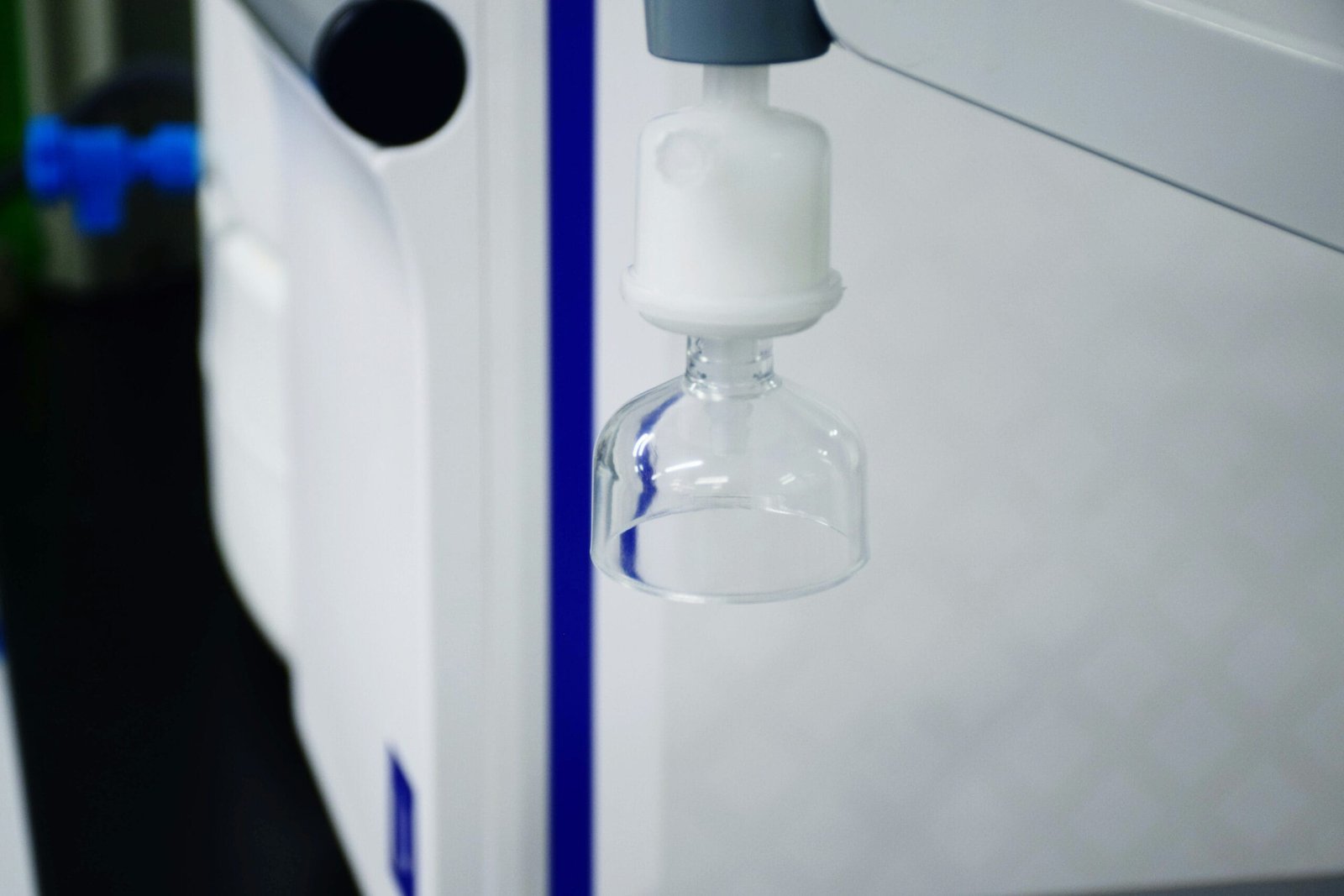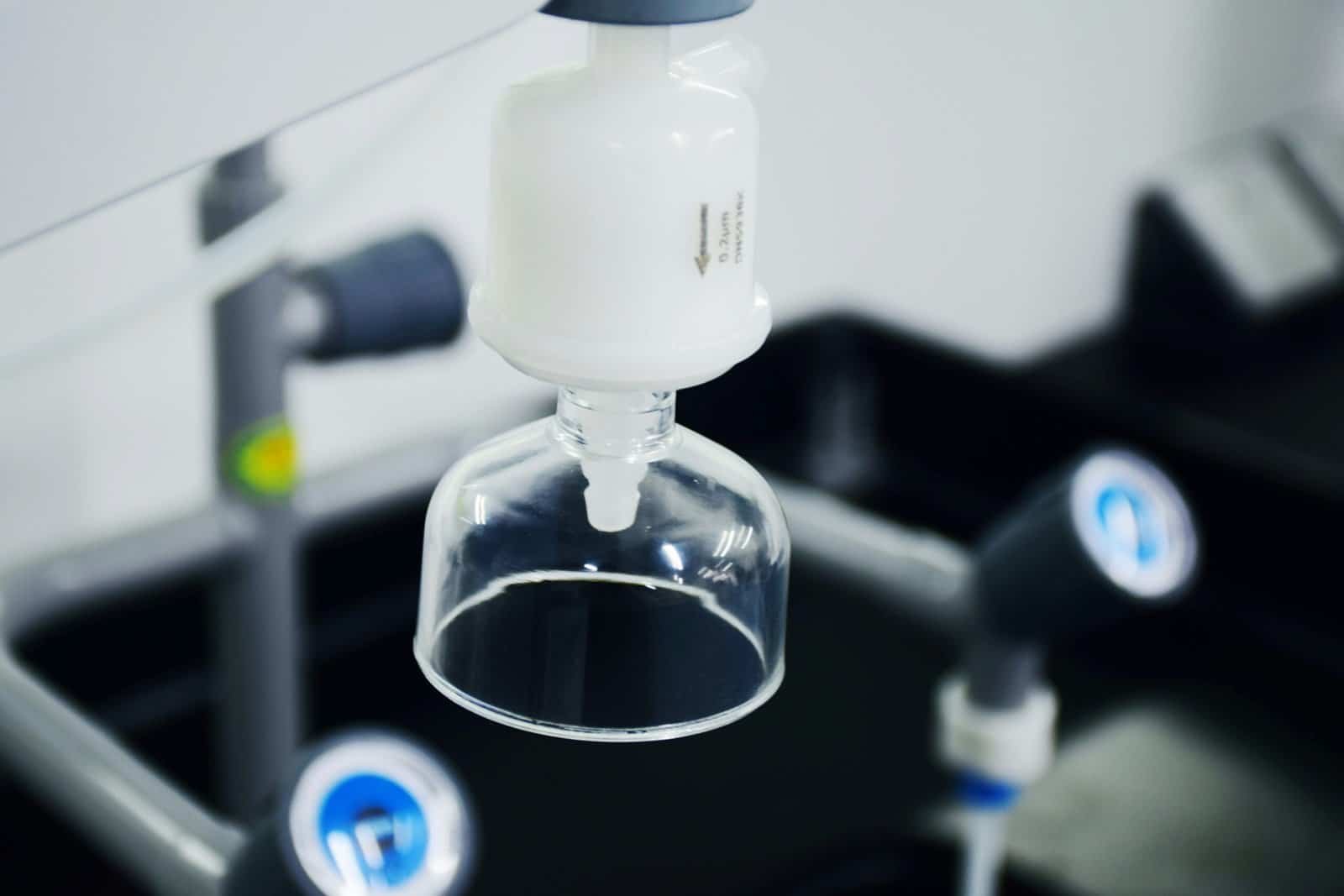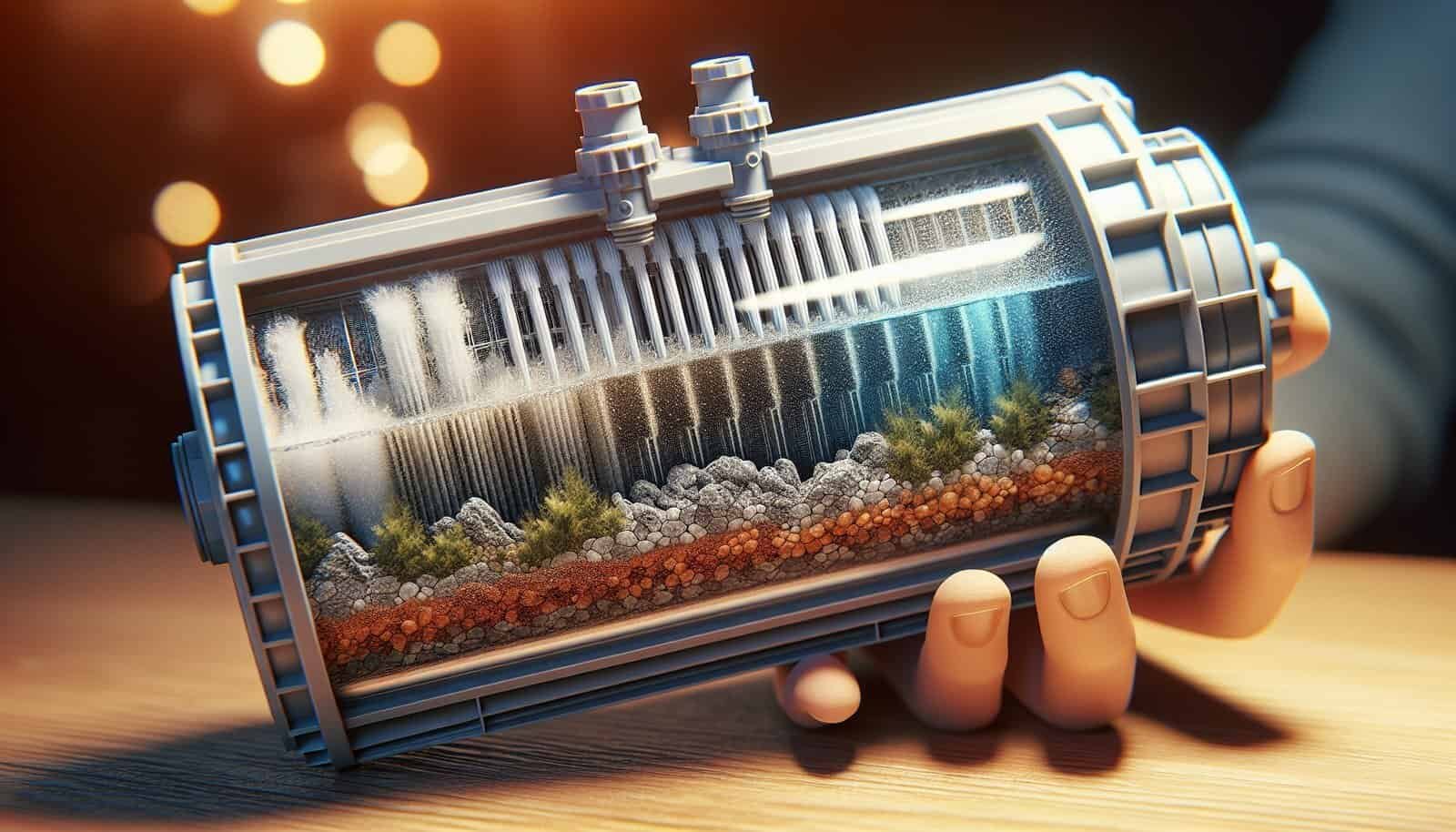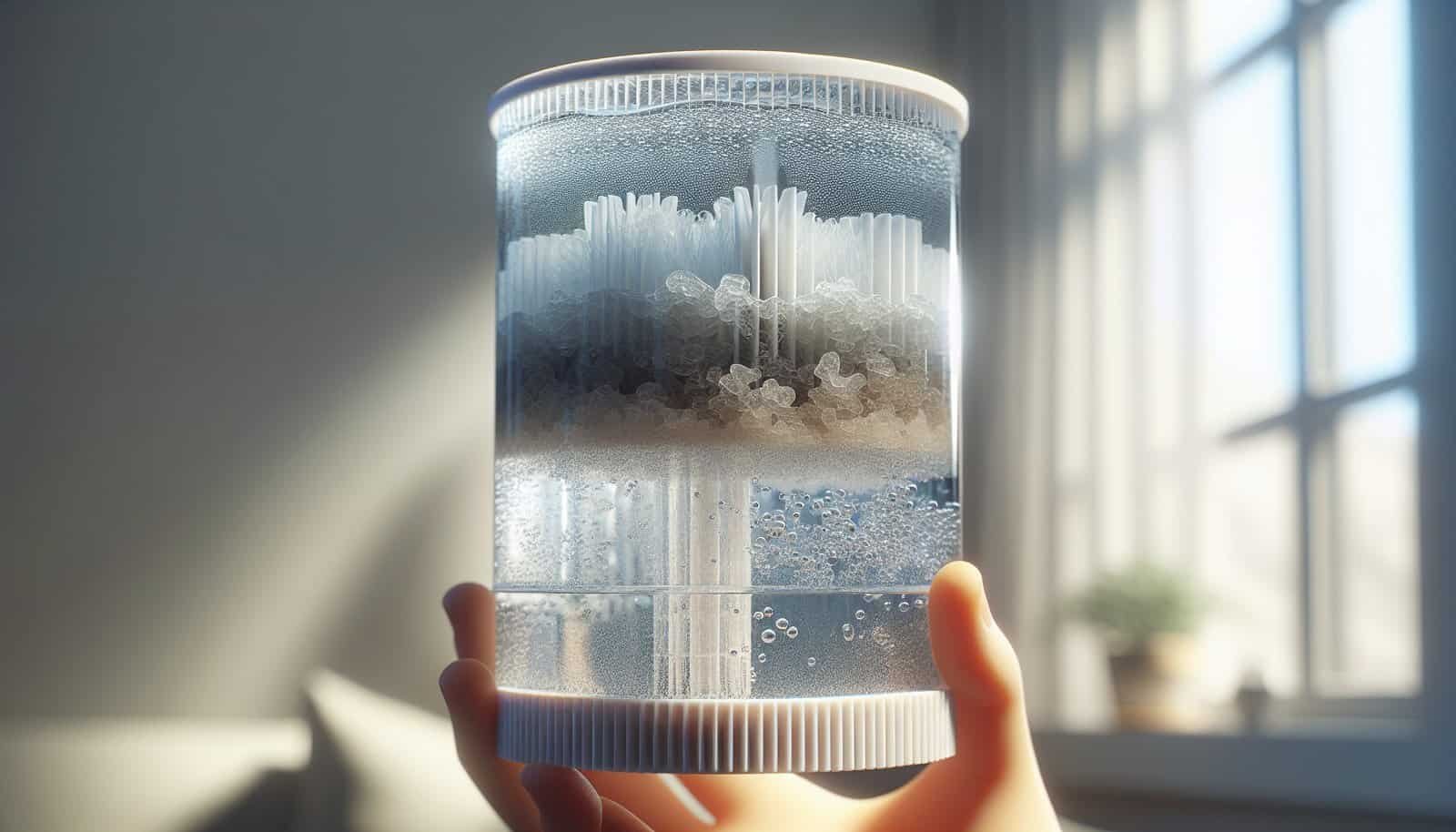Have you ever turned on your tap only to see murky water running out? Perhaps you’ve noticed tiny particles settling at the bottom of your glass after you’ve filled it from the sink. If you’re living in a home with a well, these might be signs of sediment in your well water. It can be quite a concern, especially when you’re trying to figure out how to make your water clean and safe for everyday use. This might leave you wondering, “How do I get rid of sediment in my well water?” Let’s go through what you need to know about sediment in your well water, how it gets there, why it’s a problem, and most importantly, how you can address it.

Understanding Sediment in Well Water
Sediment in well water isn’t uncommon, especially in residential wells. It is important to know what sediment is, where it comes from, and how it can impact your water supply. This will give you a good starting point for tackling this issue.
What is Sediment?
Sediment refers to a collection of particulate matter that can be suspended in the water. This can include sand, silt, clay, and other tiny particles. You might notice them when you pour a glass of water and they settle at the bottom or when the water appears cloudy. These particles can naturally occur due to geological and environmental factors.
Causes of Sediment in Well Water
There are several reasons why sediment might be present in your well water:
Well Construction and Age: Older wells or ones that weren’t constructed properly might have a greater chance of letting sediment in. Cracks or improper casing can allow surrounding soil and particles to seep into your well.
Natural Geological Factors: Depending on where you live, certain soils and rock formations might contribute more to sediment due to erosion or natural shifting.
Pump Placement: If the pump is placed too low in the well, it can pull up sediment from the bottom and into your water supply.
Water Table Fluctuations: Changes in the groundwater level can stir up sediment, especially during times of heavy rain or drought.
Understanding these causes can help you pinpoint potential solutions. Now, let’s take a look at why sediment can be a problem.
Why is Sediment a Problem?
While it might seem like a harmless nuisance, sediment in well water can be problematic for several reasons. The presence of sediment can affect your water quality, appliances, and overall household finances.
Health Concerns
While sediment itself isn’t usually harmful, it can indicate other issues or contaminants. Bacteria can adhere to these particles, potentially posing health risks if consumed. You may also be hesitant to drink or cook with water that doesn’t appear clear.
Impact on Appliances and Plumbing
Sediment can accumulate in your plumbing and appliances, causing wear and tear over time. Sediment can clog fixtures, decrease water pressure, and reduce the efficiency of appliances like dishwashers, washing machines, and water heaters. In severe cases, it can lead to costly repairs or replacements.
Costs and Maintenance
The presence of sediment often results in increased maintenance costs. Regular cleaning of filters, replacing damaged parts or entire systems, and using more sophisticated filtration methods can add to household expenses.
Recognizing the impact of sediment prompts the need for addressing and reducing it in your well water. Let’s discuss some solutions.

Techniques to Remove Sediment from Well Water
There are several approaches to reducing or eliminating sediment from your well water. These methods vary from implementing filtration systems to hiring professionals for deeper interventions.
Filtration Systems
Filtration systems are a straightforward and effective way to tackle sediment:
Sediment Filters: These are designed to trap particles and are usually installed at the point where water enters your home. They come in different types such as spin-down, cartridge filters, and bag filters.
- Spin-Down Filters: Good for larger particles, these can be cleaned easily and reused.
- Cartridge Filters: Available in varying micron levels, they capture smaller particles and need regular replacement.
- Bag Filters: Effective for medium to large-sized particles and often found in industrial settings.
Centrifugal Sand Separators: These devices use centrifugal force to separate sediment from water without needing filters. They’re ideal for wells with high concentrations of sand or grit.
Whole House Filtration Systems: These comprehensive systems can filter out a wide range of contaminants, not just sediment, although they generally come with higher costs and may need professional installation.
| Type of Filter | Pros | Cons |
|---|---|---|
| Spin-Down | Easily cleaned, reusable | Limited to large particles |
| Cartridge | Wide range of micron levels | Regular replacement needed |
| Bag | Effective for large particles | Often for commercial use |
| Centrifugal Separator | No need for filters, effective for sand | May not remove smaller particles |
Professional Services
Sometimes, sediment issues might need the attention of a professional:
Well Cleaning: Professionals can perform a well cleaning or “well rehabilitation” to remove sediment build-up at the bottom of the well.
Well Inspection and Maintenance: Regular inspections can identify potential issues early. This can include checking for cracks or issues with the well casing, proper pump placement, and overall structural integrity.
Drilling a New Well: In extreme cases where sediment is unavoidable, drilling a new well may be recommended, ensuring it is deeper or in a different location to minimize sediment intake.
These professional services might come at a higher initial cost but can offer peace of mind and long-term solutions.

Ongoing Well Maintenance
Preventing sediment from becoming a recurring problem involves consistent maintenance and monitoring of your well system. Being proactive can save you time and money in the long run.
Regular Inspections
Schedule regular inspections to assess the current state of your well. Professionals can identify issues such as:
- Cracks or wear in the casing
- Debris at the bottom of the well
- Inefficiencies in the pump system
Testing Water Quality
Regularly test your water for sediment and other contaminants. Home testing kits can provide an initial assessment, but professional lab analysis offers more detailed insights.
Routine Maintenance
Engage in routine maintenance, which can include:
- Cleaning existing filters
- Replacing worn-out components
- Ensuring the pump is set at the optimal depth
Landscaping and Drainage
Ensure proper drainage around your well to minimize the impact of erosion and runoff. Strategically placed landscaping can reduce sediment buildup and protect your water source.

Conclusion
Dealing with sediment in your well water can be challenging but manageable with the right approach and tools at your disposal. Identifying the cause of the sediment is the first step, followed by implementing suitable filtration or seeking professional help depending on the severity of the issue. Routine maintenance and proactive measures can prevent future problems, ensuring your well water remains clean and safe for consumption. By taking these steps, you can rest easy knowing that your home’s water supply is reliable and of the highest quality.

